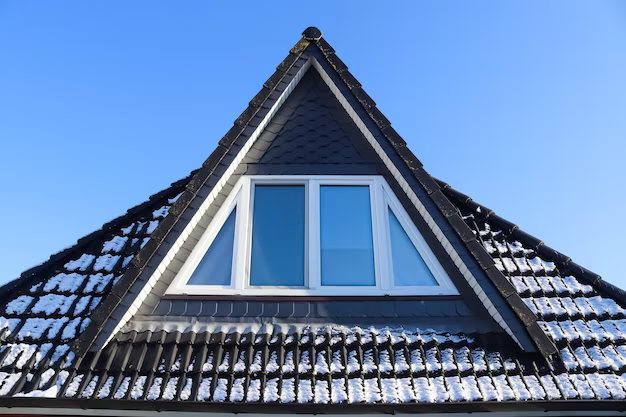Understanding the Gable End Roof: A Guide for Homeowners
In the vast world of architectural design, the gable end roof stands out as one of the most classic and prevalent roof styles. Recognizable by its triangular shape, this type of roof is not only popular for its aesthetic appeal but also its practicality. Whether you're a current homeowner or just exploring what options best suit your future haven, understanding the gable end roof's benefits and intricacies can make a significant difference.
What is a Gable End Roof?
A gable end roof is defined by its triangular end walls—often called gable ends. These sides form between the roof's two sloping planes, meeting at a ridge, which typically runs down the center of the structure. This design is beloved for its simplicity and effectiveness in shedding water and snow, making it particularly suitable for regions that experience wet or wintry weather.
Key Features of Gable End Roofs:
- Simple Construction: Easy to construct, making them cost-effective.
- Excellent Water Drainage: The sloped sides facilitate great water runoff.
- Versatility: Compatible with various home styles and designs.
- Maximized Space: Allows for attic spaces or vaulted ceilings.
Advantages of Choosing a Gable End Roof
Gable end roofs don't just look good; they come with a host of benefits:
- Affordability: Their straightforward design often results in lower construction and maintenance costs.
- Durability: Ideal for shedding rain and snow, they reduce the risk of leakage or water damage.
- Aesthetic Appeal: Their symmetrical frame gives a pleasing appearance that matches traditional and modern styles alike.
- Ventilation: Potential to add attic vents, improving air circulation within the home.
Solutions and Resources for Homeowners
While exploring roof styles like the gable end roof, it's essential to consider potential financial and educational pathways to make the most of your investment.
Financial Assistance Opportunities:
- Government Housing Aid: Look into grants or low-interest loans to support home improvements.
- Energy Efficiency Rebates: Some regions offer incentives to improve insulation or incorporate sustainable materials.
- Insurance Discounts: Check with your insurer about potential rate reductions with certain roof styles or materials.
Prepare Financially:
- Budget Planning: Allocate expenses appropriately for potential renovations or new constructions.
- Home Improvement Loans: Banks often offer competitive rates for home-related projects.
Educational Resources:
- Workshops and Webinars📚: Many community centers and online platforms provide free resources on home maintenance.
- Construction Courses🏠: Consider enrolling in courses to better understand technical aspects of roofing.
Navigating these options can empower you to choose the best roofing solution while maintaining financial health. Learning about the gable end roof not only connects you with a traditional and functional design but also introduces opportunities for financial and educational enrichment. Such awareness ensures that your home remains both a beautiful and economically sound investment.
Quick Resource Guide:
- 📊 Government Housing Aid: Explore local government grants or programs for home improvement.
- 🔋 Energy Efficiency Rebates: Check eligibility for rebates that promote eco-friendly home features.
- 🏦 Home Improvement Loans: Compare interest rates tailored for construction projects.
- 💡 Educational Workshops: Take advantage of free webinars or workshops on home design and maintenance.
